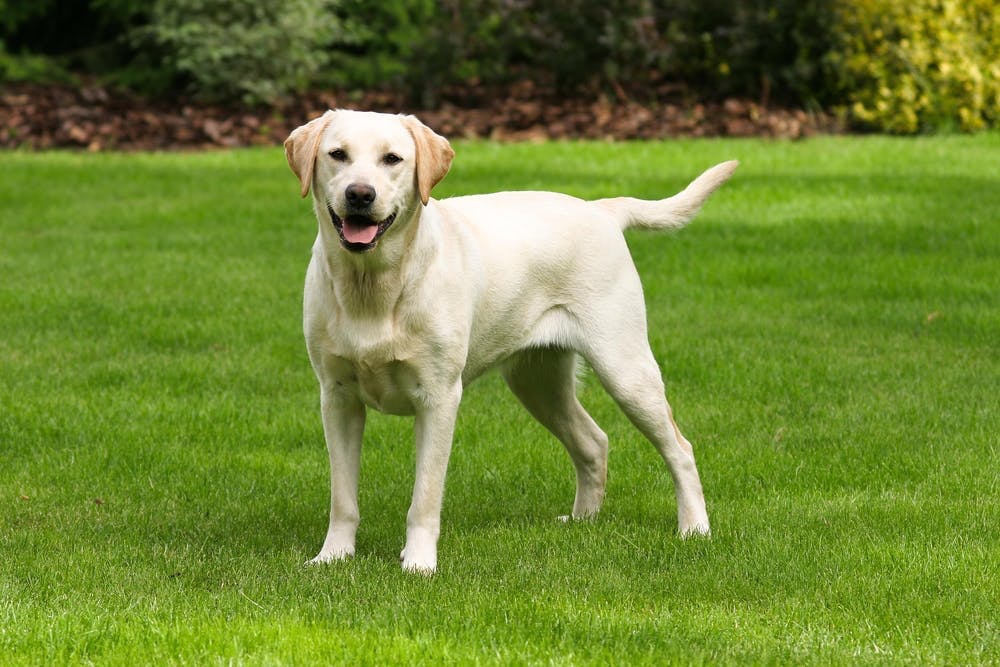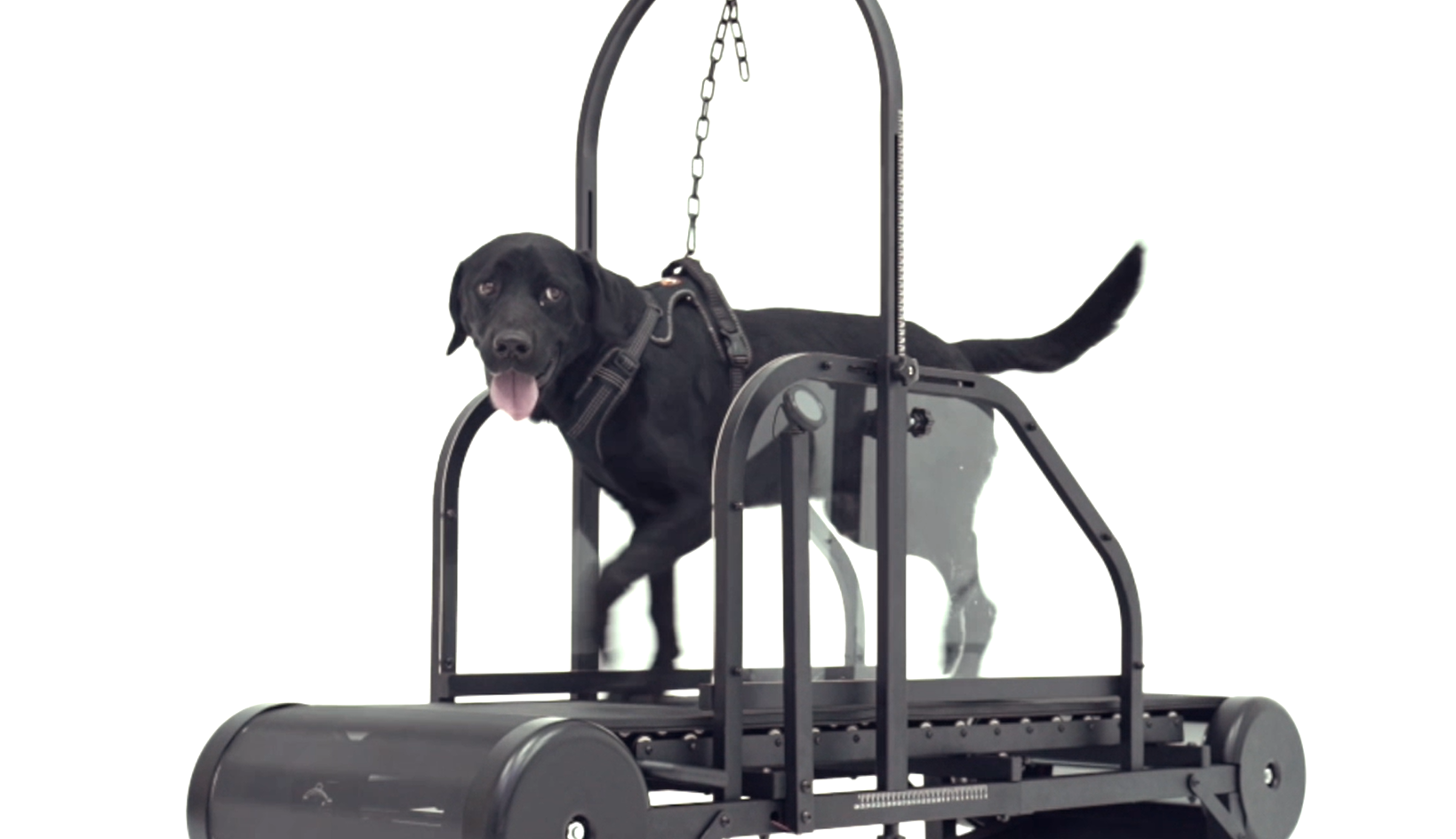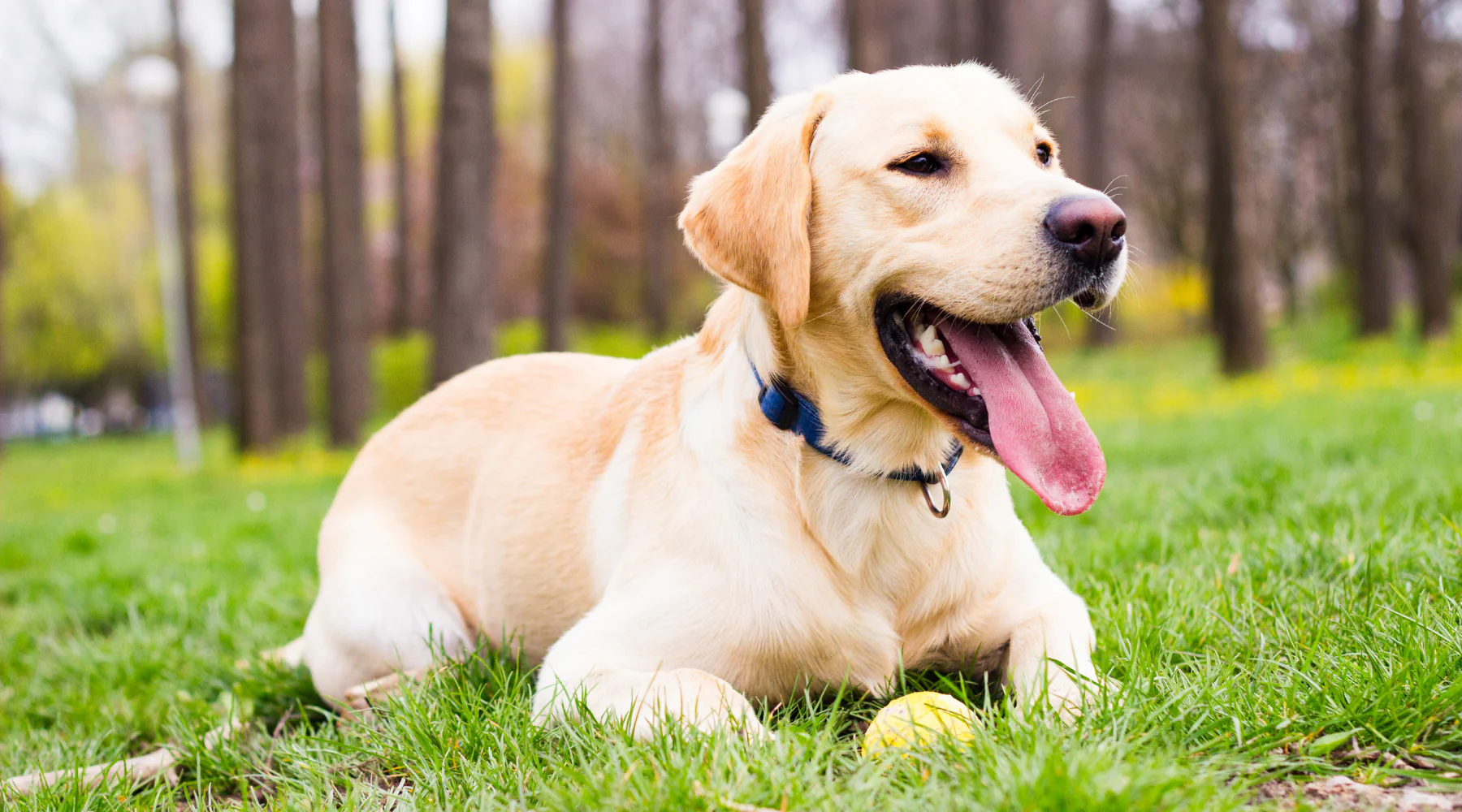If you're a Labrador owner, you know firsthand the boundless energy these furry companions possess. From bounding around the backyard to eagerly chasing after tennis balls, Labradors thrive on physical activity. But what happens when weather, time constraints, or limited outdoor space stand in the way of your dog's daily exercise? Enter the treadmill—a hidden gem in canine fitness that, when used correctly, can transform your Labrador's training routine. In this comprehensive guide, we'll unlock the secrets to effectively training your Labrador on a treadmill, ensuring a healthy, happy, and well - behaved four - legged friend.
Key Takeaways
-
Add doggo treadmills exercise to your training plan. It gives regular exercise, boosts health, and lets you check your dog's fitness.
-
The treadmill provides a safe and regulated environment for your Labrador to exercise. It allows you to control the speed and duration of the workout, which is especially useful for maintaining your dog's physical fitness, regardless of weather conditions outside.
-
Regular treadmill sessions help build your Labrador's endurance and stamina. Gradually increasing the time and intensity of treadmill workouts can prepare your dog for activities such as long - distance running or agility competitions.
Understanding Your Labrador's Exercise Needs

Labradors are a high - energy breed originally bred for retrieving game and working alongside fishermen. Their muscular build, strong endurance, and natural athleticism mean they require a significant amount of daily exercise. On average, a Labrador needs at least 60 - 90 minutes of moderate to vigorous activity to stay physically fit and mentally stimulated. Without adequate exercise, Labradors can become bored, frustrated, and prone to developing destructive behaviors, such as chewing furniture or excessive barking.
Traditional forms of exercise, like long walks, runs, or play sessions at the dog park, are excellent for Labradors. However, relying solely on outdoor activities isn't always feasible. Inclement weather, busy schedules, or living in an urban environment with limited green spaces can make it challenging to meet your dog's exercise requirements. This is where a treadmill steps in as a convenient and effective alternative.
Dog Treadmill Exercise for Labradors

Dog treadmill exercise is a great way to help your Labrador train. It gives your dog a safe place to use up energy, especially when the weather is bad. Here are some good reasons to add treadmill workouts to your Labrador's training:
-
Improved Cardiovascular Health: Regular treadmill workouts can make your dog's heart and lungs stronger. Research shows that high-intensity interval training (HIIT) on a treadmill helps dogs get fit faster than regular exercise. This means your Labrador can become healthier quickly!
-
Consistent Exercise: A treadmill makes sure your dog gets exercise no matter the weather. This regular activity helps keep your Labrador at a healthy weight and active.
-
Controlled Environment: You can change the speed and incline of the treadmill to fit your dog's fitness level. This lets you create workouts that suit your Labrador, whether they are a puppy or an older dog.
-
Monitoring Progress: Many treadmills have features to track your dog's heart rate and speed. Watching these numbers can help you see how fit your Labrador is. For example, in a study, researchers found that heart rates went up a lot during treadmill exercise, showing how hard the dog was working.
Here's a quick look at some key findings from research on treadmill exercise for dogs:
|
Study |
Exercise Type |
Key Findings |
|---|---|---|
|
Piccione et al. |
Walking, Trotting |
Heart rate and temperature increased; RBC, Hct, lactate, and glucose levels rose with trotting. |
|
Queiroz et al. |
Walking, Running |
Older dogs had a bigger increase in blood pressure after exercise than younger dogs. |
Adding dog treadmill exercise to your Labrador's training can make them happier and healthier. So, why not try it out? Your furry friend will appreciate it!

Training your Labrador can be a fun adventure. Keep in mind, they learn fast, especially if you start young. Robert Milner from Duckhill Kennels says, “the first six months are the most important for a dog.” In this time, your puppy learns quickly and adjusts well.
Using positive reinforcement is very helpful. It builds a strong bond and encourages good actions. By following these tips, you can prevent future behavior issues and have a happy, well-behaved friend. So, start today!










0 Comments